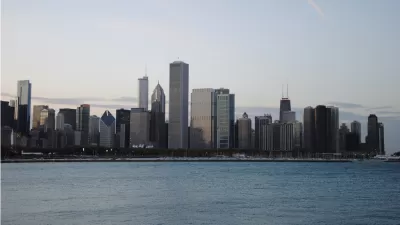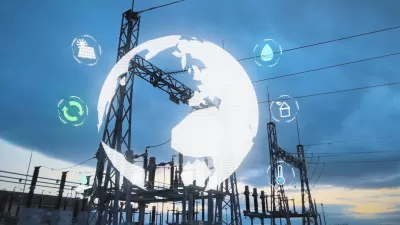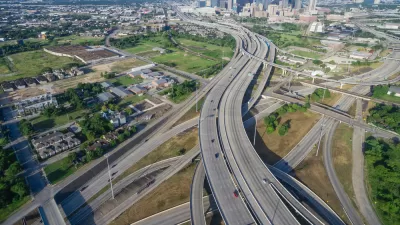While the Twin Cities area continues to rank highly among U.S. metro areas for impressive employment and homeownership rates and low poverty rate, it also has the nation’s largest disparities.
Metropolitan Council analyses of U.S. Census American Community Survey (ACS) show a consistent finding: while the Twin Cities area continues to rank highly among U.S. metro areas for impressive employment and homeownership rates and low poverty rate, it also has the nation’s largest disparities between white residents and residents of color in these measures.
Despite gains among some groups on some measures, there have been no notable changes in the overall pattern of these racial and ethnic disparities, a testament to their persistence in the Twin Cities metro.
Further, this lack of substantive progress is unique: other metros have shown that they are closing gaps while the Twin Cities region falls behind.
“Our analyses show if we brought outcomes of people of color up to the levels of white residents by 2040, we would have 181,000 fewer people living in poverty, nearly 187,000 more homeowners, 80,000 more people holding jobs and $35.5 billion more earned in taxable income,” said Libby Starling. “These factors affect the region’s livability, prosperity and well-being for everyone.”
The Council’s Research staff have published an interactive data visualization that includes the most recent (2017) ACS data.
FULL STORY: Twin Cities Metro Area stands to gain by eliminating racial and ethnic disparities

Alabama: Trump Terminates Settlements for Black Communities Harmed By Raw Sewage
Trump deemed the landmark civil rights agreement “illegal DEI and environmental justice policy.”

Planetizen Federal Action Tracker
A weekly monitor of how Trump’s orders and actions are impacting planners and planning in America.

Why Should We Subsidize Public Transportation?
Many public transit agencies face financial stress due to rising costs, declining fare revenue, and declining subsidies. Transit advocates must provide a strong business case for increasing public transit funding.

Understanding Road Diets
An explainer from Momentum highlights the advantages of reducing vehicle lanes in favor of more bike, transit, and pedestrian infrastructure.

New California Law Regulates Warehouse Pollution
A new law tightens building and emissions regulations for large distribution warehouses to mitigate air pollution and traffic in surrounding communities.

Phoenix Announces Opening Date for Light Rail Extension
The South Central extension will connect South Phoenix to downtown and other major hubs starting on June 7.
Urban Design for Planners 1: Software Tools
This six-course series explores essential urban design concepts using open source software and equips planners with the tools they need to participate fully in the urban design process.
Planning for Universal Design
Learn the tools for implementing Universal Design in planning regulations.
Caltrans
Smith Gee Studio
Institute for Housing and Urban Development Studies (IHS)
City of Grandview
Harvard GSD Executive Education
Toledo-Lucas County Plan Commissions
Salt Lake City
NYU Wagner Graduate School of Public Service





























